Mercedes W126 buyers guide
I’m a big fan of the Mercedes-Benz W126. While it might not have the grandeur of the 60’s models, they make a really usable classic. The W126 can even be used as a daily driver. It still has the feel of a classic Mercedes-Benz but you get safety features like ABS, good air conditioning and reasonable fuel economy. When they are looked after they are a a very reliable car that is a delight to drive. I’ve now owned five of them over the years, mostly as daily drivers. Prices are still very reasonable. There are a few other W126 buyers guide articles out there, but I have found most of them to be superficial or focused on USA models.
The model range is quite complex and the car had the longest production run of any S-Class meaning there is a whole range of cars to choose from. There are three basic body styles: the standard wheelbase saloon, long Wheelbase saloon and the coupe. Generally the mechanical specification was much the same between the three body styles in any given year. This W126 buyers guide attempts to outline some of the key considerations in choosing a W126. The picture above shows all three body styles – a 1987 560SEC, a 1986 300SE and a 1987 560SEL.
The W126 also had two main series. The first series was produced for model years 1980-1985. The second from 1986-1991. In addition, there was an interior refresh for the 1989 model year. The difference between the series 1 and series 2 car is more lots of small improvements rather than a major overhaul. The only big change was the phase out of the venerable M110 DOHC six for the new M103 SOHC six. The M103 was easier to make pass emissions.
This W126 buyers guide is not specific to any one country, although it does focus more on models available in Australia and ignores the diesel models found only in North America. For specific details about the models sold in the Australian market, see this article. This buyers guide does not focus much on price which is covered in this price guide.
Which is the best W126 to buy?
The condition of the car is far more important than the model. A 280SE in well maintained condition is a far better car than a tatty 560SEC. The tatty car will cost you more to run and will never be as good as nice one no matter what you spend on it, unless you do a full restoration. It will also dive like a truck and constantly annoy you with all its problems.
The first thing to look at is rust. The W126 does not have the propensity to rust that the 70s model do, but there are a few areas to look out for. The first is under the rear window. When you open the boot, look under the rear screen. I’ve seen cars that on the outside look great, but they are so rusty here that you don’t even need to put your head into the boot to see the major rust holes around the boot opening. This is here in Australia, where rust is not the problem that it is in Europe or north America.
If there is no obvious rust, look up underneath through the openings in the sheet metal. A small amount of rust is fixable, but if there is major rust here, walk away from the car. The window seal gets old and lets water in. If the car has not been parked in a garage or carport, it will probably have rust here by now. The picture below shows minor rust breaking out in this section on my 560SEC. The coupe is more susceptible, due to the angle of the rear screen.
You’ll also want to look under the car, especially in the wheel wells. In the front you can get rust where the guide rod bushings are, and both front and rear where the wheels flick up dirty water. The front guards can rust near where they touch the bumpers on either side, just in front of the wheels, as can the wheel arches. This is illustrated below.
There are still enough good W126’s out there that there is no point messing with a rusty car.
Next is overall mechanical condition. These cars are reliable when properly maintained, but a tired car with a smokey engine can be an expensive proposition to put right. You’re also going to have to budget a fair amount for deferred maintenance on a car that has no service history. You will want to see evidence of proper care of the car, at least over the last couple of years.
Do not neglect the interior as well. Many interior parts are NLA, so you’ll need to resort to used parts if you want to properly sort it out.
Are there any models to avoid?
As outlined before, condition is the most important factor, but that being equal there are a few models I would avoid. The first is 1981-1983 380SE/SEL/SEC originally sold in North America or Japan. These cars had a single row timing chain when new and were so detuned they could hardly pull the skin of a rice pudding. Despite what you read on the internet, the models sold in other countries did not have this problem.
I would also avoid cars equipped with ASD/ASR/ASR II, which was Mercedes first attempt at traction control. This was available as option during series 2 production, but much more common on 1990 and 1991 cars. If this system fails, the car is not drivable and it can be very expensive to set right. The W126 does not need traction control with its tall gearing and second gear start. ASR cars also can’t have a limited slip diff, which is otherwise standard on the 560. It is easy to tell if a car has ASR as there is a little indicator in the middle of the speedometer which lights up if the wheels spin. It looks like a small black square when not lit up.
Finally I would not bother with the 280S or 260SE. Unless the car is a time warp, or has sentimental value they are underpowered. They are also rarely seen these days.
It is also worth looking very suspiciously at modified cars. There are few modifications that improve a W126. The w126 wasn’t a clean sheet design, it was an evolution of the W116, further refining the concept. Especially by the series 2, these were highly refined cars with a good balance between comfort, performance, handling etc.
It is surprising how many cars out there have been fitted with big wheels and/or lowered. I’ve driven a few of these and it does not make the car ‘sporty’, it just means dead handling, tramlining and more unsprung weight. Often these wheels have the wrong offset impacting the steering and suspension geometry. I’ve bought two cars that were unmodified besides big wheels and the difference in the driving experience when they were removed was amazing. The W126 should have a comfortable and supple suspension. These modifications also increase suspension wear.
You can sharpen the W126 handling with 16″ wheels in the right offset and HD shocks, but too much and the ride is ruined. The W126 is a big comfy car, not a sports car. They are surprisingly tossable when set up right. I also think the stock 15″ wheels on the series 2 cars work really well on a series 1.
Modifications to avoid also include LPG conversions. Many of these were poorly done and don’t work well with the fuel injection these cars came with. I’ve seen some shocking conversions over the years.
Series 1 or Series 2?
The series 2 cars have a number of nice improvements over the series 1. These are priced into the values of the car and a series 2 is often worth double that of a series 1. This price difference can make a nice series 1 car a better buy overall. The Series 1 also has the M110 engine which is probably the most robust. This and the other engines will be covered later in this W126 buyers guide. It is far better to buy a nice series 1 car than a tatty series 2.
The main differences on the series 2 cars (outside the engines) are as follows:
- Bigger brakes. These do make a difference in the stopping power of the cars.
- 15″ wheels. I find the ‘manhole cover’ wheels go particularly well with these cars.
- Tilting function on the sunroof. This is a nice improvement, but adds maintenance as the tilting arms break. Button is now near the exterior light.
- Smooth body cladding vs ribbed. This is just a visual change.
- Improved window switches. The older ones show wear very quickly.
- Paint Colours. Generally the series 2 colours were more conservative and buyers eschewed the more interesting ones.
- Improved climate control. Minor improvements, which also add complexity. There is now a control unit for the compressor for example.
- Interior update from late 1988.
The late series 2 cars (89-91) have a different interior. Most people prefer it although I don’t like the design of the update door cards. The updated interior is known as the ‘soft’ leather. Having owned both, I didn’t notice it being any softer but the seats and door cards are of a different design. The seat design is far more modern – no long pleated sections. There is also a provision for more speakers in the doors if the right options are selected. In my view this interior change is a matter of personal preference. These cars do have a small price premium over the earlier interior.
There are a lot of minor changes that are not material to the enjoyment of the cars that I will not list out here. In particularly the electrics changed quite a lot.
The series 2 cars are also more likely to have more options fitted. For example, Airbags were available in series 1, but not common until late in series 2 production. This means the series 2 cars are generally more complex than the series 1 cars, especially in the later years. You’re more likely to find a car with MB Tex, no sunroof, manual seats etc on a series 1 car than a series 2. It was during W126 production where Mercedes-Benz started to go from more spartan, well engineered cars to fitting luxuries. Even inside series 2 this was the case with a 1991 300SE probably having more gadgets than a 1986 560SEL.
Which body style?
The W126 was offered in three body styles. Coupe (SEC), standard wheelbase (SE) and long wheelbase (SEL). The diesel models are known as SD and SDL. The SEC is a four seat car and the rear seats are suitable for occasional use by adults. It has the shortest wheelbase and the sportiest feel of all the cars. It also has a different grille treatment with the front looking more like an SL. The coupe is generally valued at 3x that of a comparable saloon and was only offered with v8 engines. There are a lot of coupe specific interior pieces which are much harder to find. The headlining in the coupe also starts to sag, a problem not shared with the saloons.
The two saloons differ in that the long wheelbase cars have 140mm of extra legroom for the rear passengers. The size of the S class has generally grown over the years, so a standard W126 is actually longer than the long wheelbase W108 or W109. The SE has enough room for adults to be comfortable in the rear. The long wheelbase cars mean they can really stretch out and will be comfortable on long road trips. The picture below shows the legroom in a LWB car with the drivers seat set for a very tall driver. In this case the power reclining seat is in recline mode.
The extra length of the LWB cars is quite noticeable when parking but not apparent during normal driving. It is quite a long car at 5160mm and may not fit in some garages. It is generally easier to find the bigger engine cars with a long wheel base and the smaller engines with a short wheel base. I prefer the short wheelbase cars, but I prefer the bigger engines more.
What about the engines?
Outside the north america only diesels, there were four main engines offered in the W126. The M110 and M103 straight sixes and the M116 and M117 V8s.
The sixes
The M110 was offered as the 280S, 280SE and 280SEL from 1980-1985. The 280S was equipped with a carburetor and is now rarely seen. The 280SE however, was the most popular W126 sold. The M110 is the most robust engine of the line up. Assuming proper maintenance the head will probably have to come off at around 350,000km, but the bottom end is extremely robust. The earlier cars had a York A/C compressor which is power hungry, but rebuildable. 1984-1985 went to a rotary which was more efficient. This engine is probably going to be the most cost effective even if it is a little thirsty as all things being equal maintenance is likely to be lower.
The m110 did not fare well in markets with strict emissions laws the power losses were considerable. This includes Australia, where I live. Locally delivered cars can be a little slow but private imports are quite lively.
The M110 was replaced by the M103 for the 1986 model year. It’s major improvement was that the emissions version hardly lost any power. It was offered as the 260SE, 300SE and 300SEL. The 260SE was sold in countries with punitive taxes based on engine displacement. I have only seen one example. Most of these cars were the 300SE or SEL.
The M103 works best in an earlier model with few options and light weight. My 86 model is such a car and feels more lively around town than a 420SEL. The M103 needs to rev and the 300SE is geared with this in mind. The M103 is not as robust as the M110 and is likely going to need a head gaskets and valve guide at around 150,000km. The m103 cars work well as a city car especially if you’re willing to rev the engine. The picture below shows an M103 in a 300SE. The M103 cars are a lot lighter than the M110 cars.
Overall the sixes cost far less to own than the V8s, but that saving is not in petrol consumption. Unless you drive like you have an egg under the accelerator, there is not much difference in consumption between the six and the eight. In some cases, the eight can actually be more efficient than the six because it does not have to work very hard. In any case, petrol bills are generally a small part of W126 ownership unless it is used for big mileages.
The V8s
The v8’s were the M116 and M117 engines. The M116 and M117 are basically identical except the M117 has a taller block, giving a longer stroke and hence more displacement. In the W126 only the alloy versions of these engines are offered, the 3.8 and 5.0 in the first series and the 4.2, 5.0 and 5.5 in the second series.
In both cases these engines cost significantly more than the sixes to own. The difference is not in fuel but maintenance. Every 100-150,000km the V8s require the timing chain, chain guides and camshaft oilers to be replaced. The chain guides are made from plastic and once the chain starts to stretch, it can break a guide. The broken guide can cause the chain to jump a tooth causing valves to hit pistons. Many v8 w126’s have been scrapped due to this failure as the cost to rectify is more than the value of the car, unless the owner does the work.
Doing the preventative maintenance costs a couple of thousand dollars and if you buy a car without evidence of this job being done, it needs to be ASAP. This failure can happen without warning. In addition, at around 350,000km the heads are likely going to need to come off to do valve guides. The cost to remove and machine both heads is significant. The alloy block also means extra care re-fitting the heads. This job can sometimes be delayed if the engine is well maintained by just fitting valve stem seals, but the guides do wear and will have to be done eventually.
If this maintenance is carried out then these engines can run forever. There is no difference in maintenance cost between the M116 and M117 and many parts are shared. If you’re buying a V8 at around these mileages and no evidence of the jobs done, it should be factored into the purchase price.
The picture below shows an M117 560 having the timing chain and guides done.
The engines of the second series are improved from the first. More detail can be found here on my article on the 560 engine. The EZL (ignition module) on the later engines is a bit more problematic and can fail. It can be difficult and expensive to find another one. They can be rebuilt.
The all alloy V8s as found in the W126 are significantly more fuel efficient than the iron block V8s as found in models like the 107 and 116.
Other considerations
The W126 climate control works really well when it works. When it doesn’t it can be very expensive to fix. The parts are expensive and the system is complex. If the system is not working, then it will likely cost thousands of dollars to put it right. There are a number of articles on this site of my work to get the system reliable in both my 300SE and 560SEC. By now most cars will need new vacuum pods to control the air flaps. There is a lot of labour required to change these. It is easy to tell if they are needed as the air will not come out of the vents that it should. Compressors and climate control units are not cheap either.
Many W126 were fitted with self-leveling rear suspension. This system is very reliable, but if the ride should become harsh, the accumulators are likely dead and should be replaced ASAP. The accumulators are not very expensive, but the struts are now NLA. Driving around with bad accumulators puts a lot of stress on the struts. Here in Australia, it looks like all W126 models were equipped with self-leveling. Do not take the car to a regular suspension place or mechanic that does not know the system. They will want to rip it out, at a far higher cost than simply fixing the very reliable system that is already there.
The odometers in these cars are known to fail. It is a very easy fix, but neglected cars are left with broken odometers for years. A broken odometer generally means that the car is not serviced properly as the service intervals are not tracked. An owner who is on the ball will fix this quickly. It also means that the number on a W126 odometer is completely meaningless unless backed up by service history. Not only do they fail but it is laughably easy to wind them back.
The plastic radiators used in the W126 have a weakness where the neck can snap off. There is an upgraded version now available with metal reinforcement in the neck, but some cheaper versions do not have it. These engines do not take kindly to being overheated. The driveshaft flex discs can also wear – particularly in the V8s. If they look in any way cracked or perishing, they must be replaced.
The transmissions (The 722.3) offered in these cars is robust and shifts well. They all start in second gear unless you manually select 1st in the shift gate. You should be able to feel the shifts and the car will move to top gear quickly. The fluid should not be too dark or have a burnt smell. These transmissions are sensitive to fluid level and as they age leaks can mean they are run below the minimum fluid level eventually causing damage. If they are maintained well they will eventually need a rebuild – the sixes first as they have to shift more. For the 1989 model year the transmission on the V8’s received some internal improvements.
Many cars were fitted with after market ‘chrome’ wheel arch trims. These were not fitted by the factory. They can trap moisture behind them casing rust in the wheel arches. Where a car is fitted with these, it is important to check in behind the wheel arches for rust.
At least here in Australia there is a stigma against privately imported cars. Now even the newest W126’s are approaching 30 years old, this makes little sense. How the car is looked after is much more of a determinant of condition than where it was originally sold. I’ve seen rust free privately imported cars with full service history and terminally rusty Australian cars with no history. It is more important to inspect the car correctly than worry about its origins. Nobody services a w126 at the dealer anymore, so dealers turning their nose at the car is of no consequence. This was also the case when I lived in the USA. There is also just as much chance as a local car having a wound back odometer as an import.
In both cases (Australia and the USA), the privately imported cars generally offered stronger performance and a more interesting set of options. The same care needs to be taken to check the condition given the age of the car. The website www.datamb.com is a good resource for checking the origins and options on any W126 after 1983.
The 5 most common models
There was more than 20 W126 models offered for sale. This W126 buyers guide reviews some of the most popular. The advice for the coupes is pretty similar to the saloon with the same engine.
280SE (1980-1985)
The 280SE is the cheapest way of getting into W126 ownership and assuming a good example probably has the lowest ownership costs. The M110 engine is bullet proof. Many of these cars will be equipped with MB-Tex interiors and fewer options than later models. Simpler can be better! The Australian versions can be a little sluggish off the line, but go well once revved. The value of these cars has been low for years, so avoid neglected or tired examples.
380SEL (1980-1985)
The 380 offered significantly more power and the LWB version was quite common with this engine. Avoid LWB versions that did hire car duty. Many of these cars were white. The Australian versions had a 3.27 rear end so they are surprisingly quick off the line. Likely to have far more options than a 280, for example a power rear seat in a 380SEL. Very early 380s had a different engine that was more powerful, but these cars are now very rare. Can take a while to find nice cars, but they are worth a look when they come up.
It is still common to find 380SELs with a basic spec like manual seats, plastic hubcaps and so on. These can be much simpler cars than the later ones. the 380SE was also sold but is not as common.
Ignore information on the internet about USA models unless you live there. The engine with only 115KW and a single row timing chain was unique to North America and Japan.
300SE (1986-1991)
The 300 is probably the best city car of the line up with lower ownership costs than an V8 and good performance in the city. The engine needs to rev to get the best out of it. The cars from the first couple of years tend to be quite spartan – in contrast with the later cars that are often optioned right up. Can be a good buy as they are less valuable than the V8 cars. The picture below shows an early 300SE with MB-Tex, manual seats and no sunroof. The power difference between emissions versions as sold in Australia, USA etc and private imports is quite small.
420SEL (1986-1991)
The 420 is the efficient highway cruiser of the bunch. It has a very tall rear end ratio which makes for very relaxed cruising and surprisingly frugal petrol consumption. This leads to the inexplicable situation where the emissions 420 (as sold in Australia, Switzerland, Japan and the USA) feels slower than the 300 around town, but is much more fuel efficient. It is also smooth and quiet whereas the six likes to rev. On the highway the torque of the v8 comes into its own. These cars have survived well and there are normally nice ones to choose from. If you’re looking to find a W126 in pristine condition, it will probably be easiest to find one in the 420SEL.
Here in Australia, these cars came standard with many options ticked, so there is little difference between a 420 and a 560 other than the engine. Things like automatic climate control, power seats, self-leveling, alloy wheels, sunroof, leather steering wheel and more were all standard. In other markets that was not the case, so privately imported cars are less likely to have automatic climate control, self-leveling and other things that were standard for Australia. Non-emissions cars also got a useful power boost in 1988 due to a higher compression motor.
560SEL (1986-1991)
The flagship of the series. Effortless torque both in town and on the open road. There is a penalty at the bowser, but the engine moves the car around so effortlessly that it is not as much as you would think. In Australia, the main difference over the 420 other than the engine was the reclining rear seat, fanfare horn, dual snorkel air cleaner and limited slip diff. Not nearly as common as the 300 or 420 as the AUD$50k price difference when new was hard to justify. In today’s market there is only a small premium over the 420 which in my view is worth paying. It will just take longer to find one.
Generally when doing a VIN search the options list on a 560 will look really small. That is because most of the options were standard from the factory. On the other models this was not the case. You could even order a 420 or 500 with next to no options if you wanted in Germany. The local distributors like MBUSA and MB Australia ordered their models with many options to justify the prices in the market.
The emissions version with 180KW was sold in Australia, the USA and Japan but other markets got more powerful versions. The picture below is my 1987 560SEL.
The ultimate daily driver
While these cars are super rare in Australia, and I have not driven them, I contend that the ultimate daily driver in the W126 range would be a late (1988+) 420SE or 500SE with the high compression engine. These cars were not sold new in Australia and only a very small number have been privately imported.
The 500 in particular has 195KW in this specification. It is coupled with a 2.24 rear end so I would fit a first gear start relay.
Conclusion
The W126 may be one of the most usable classic Mercedes available. They offer a comfortable smooth ride, classic looks and a car from a time when comfort and quality was more important than gadgets and lap times.
The W126 was a very expensive car when new and is not a cheap car to maintain today. They are simple enough to work on yourself, and the factory manuals are well worth the investment. There will be no depreciation, so you will end up with a car that will last forever if properly maintained and drive better than many new cars on the road. I drive a lot of modern rentals and am always happy to come back to my W126. I also find myself moving my wife’s 2007 Mercedes out of the way to drive the W126.


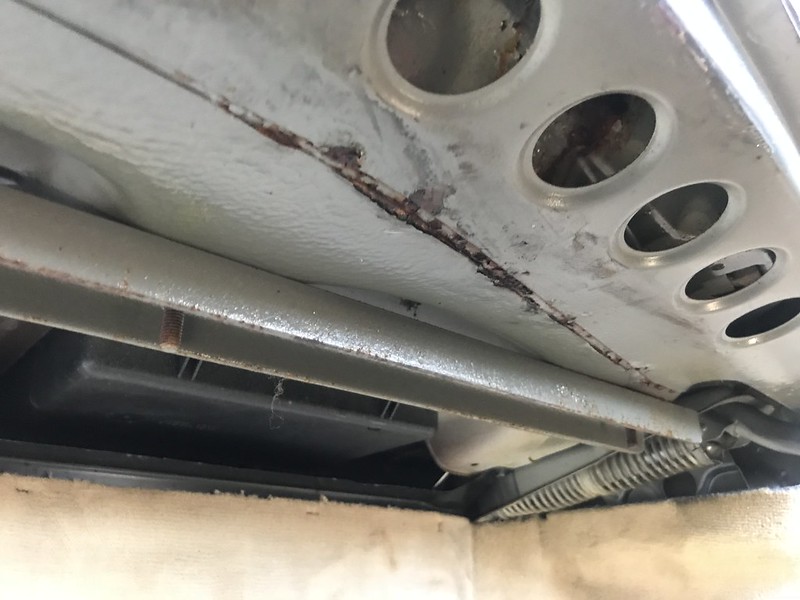

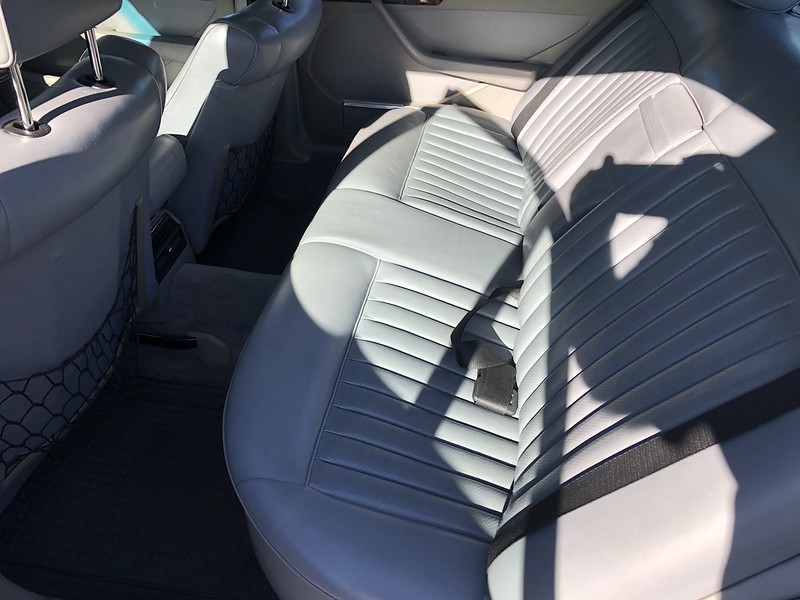

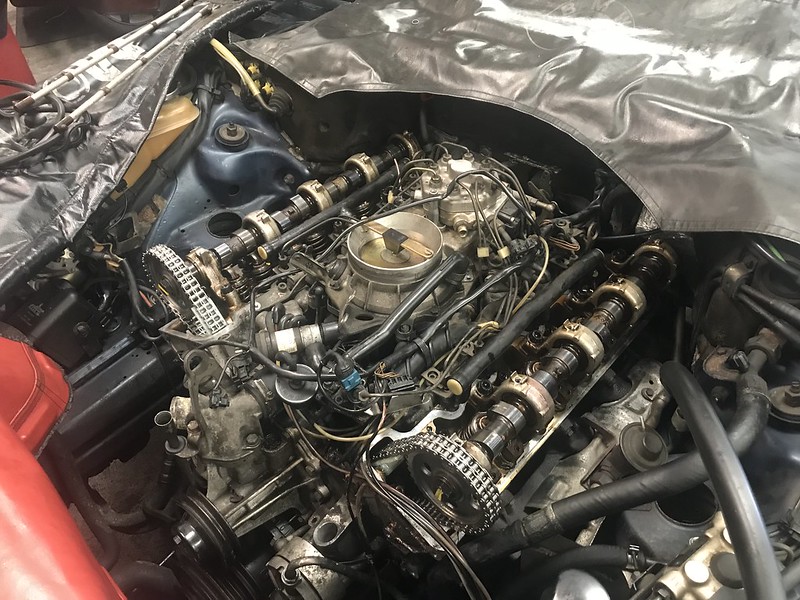





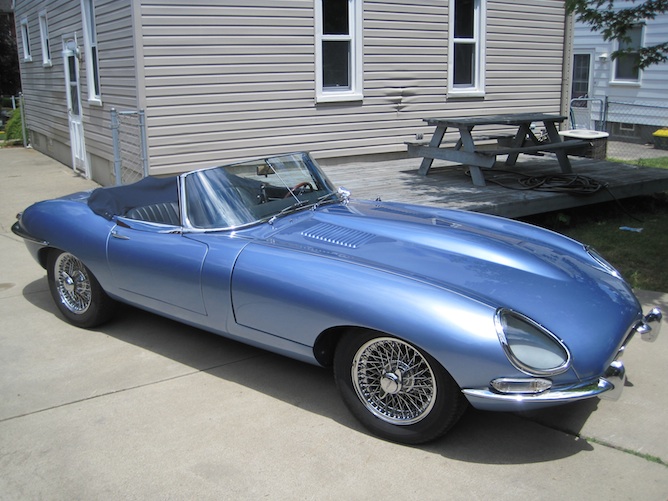
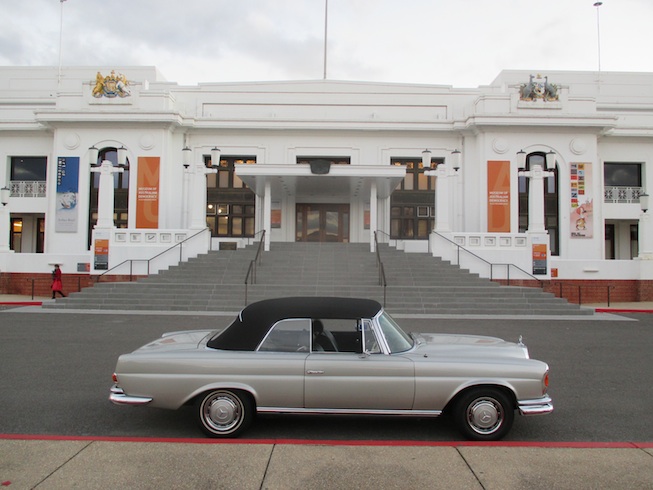









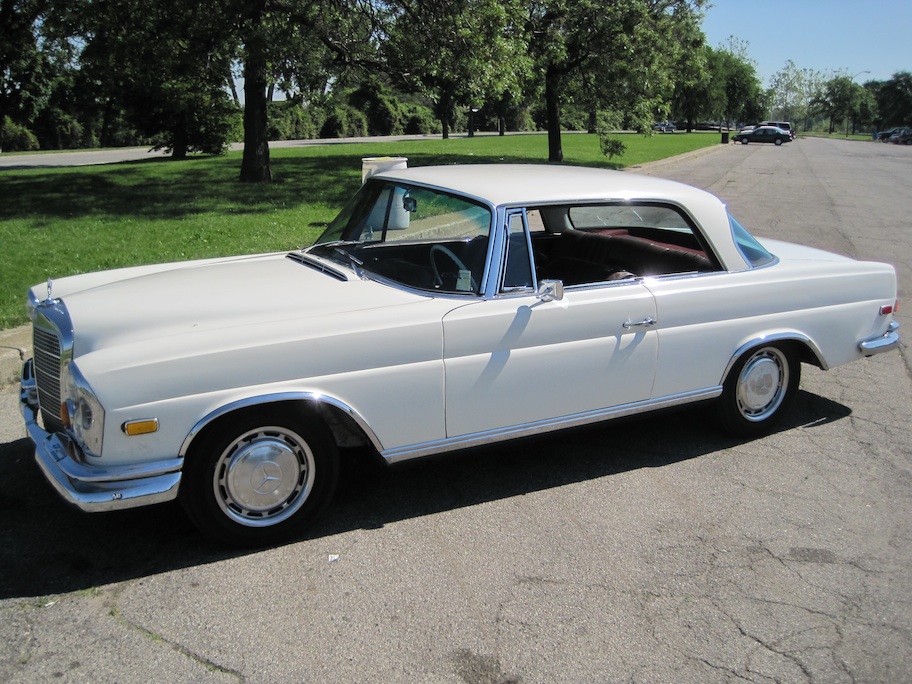


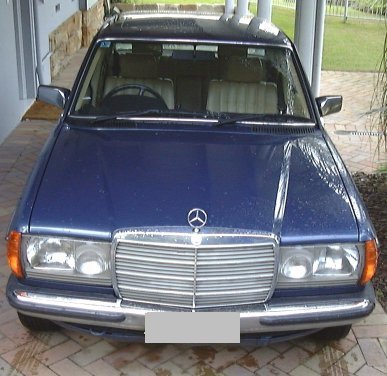
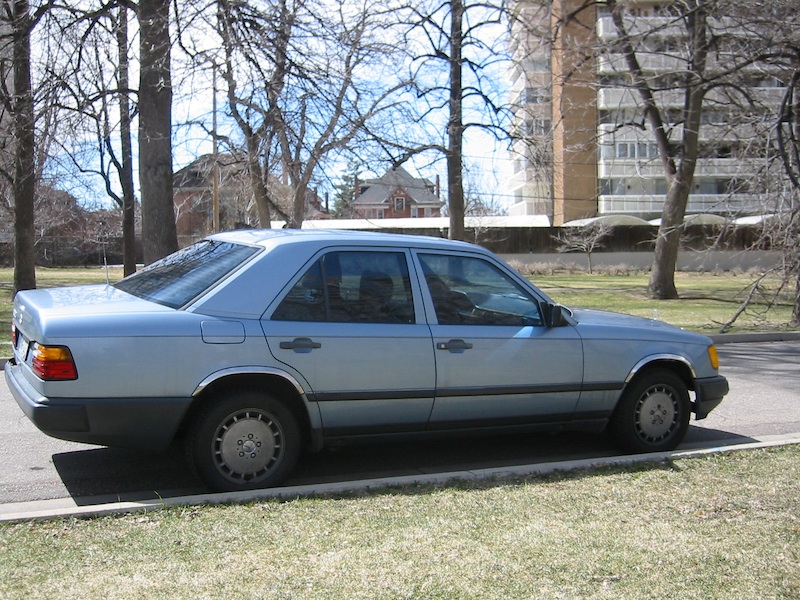

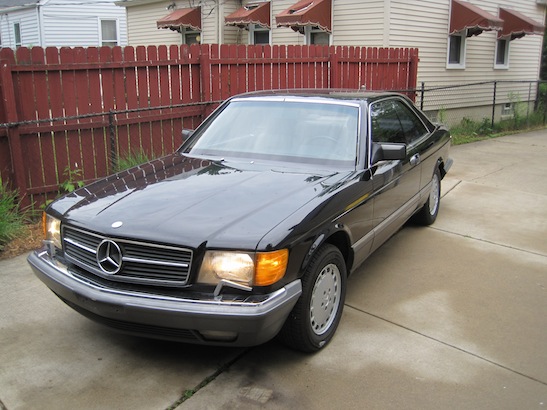
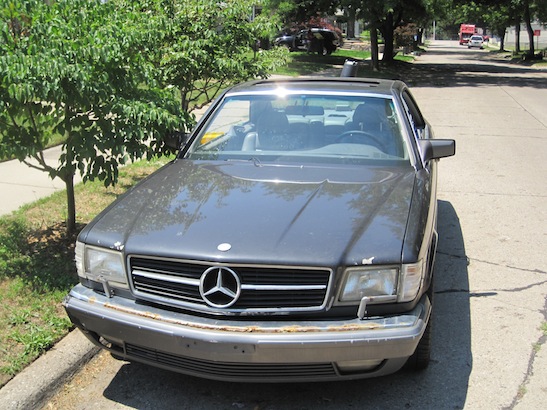












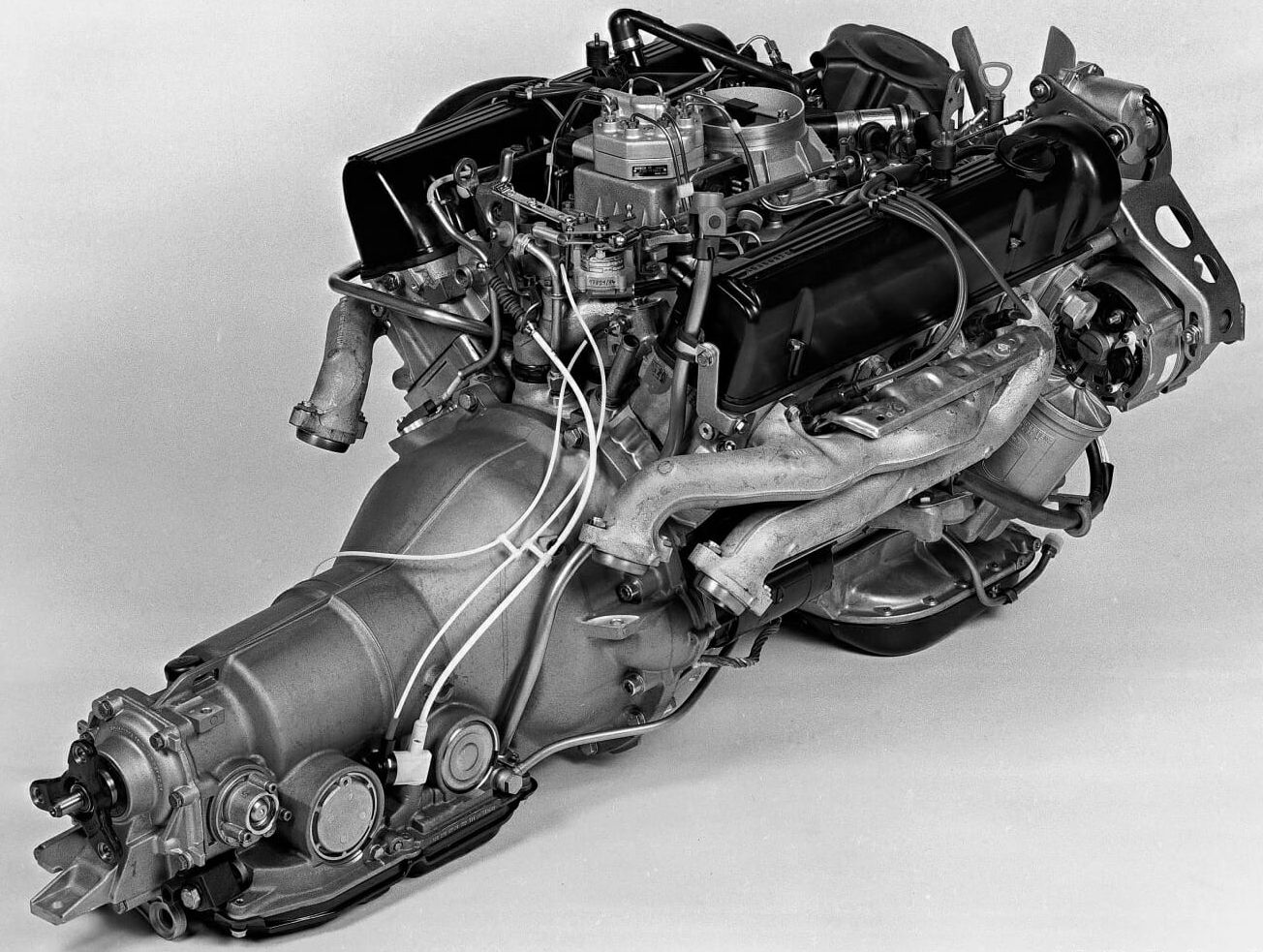

























Fabulous article! Thank you so much as I have just bought a 560SEC to go with my 420SEL. This has been very helpful.
Thanks for the feedback Phil. Glad you found the article useful and I’m sure you’ll enjoy your 560SEC. I know I enjoy mine!
Thank you very much for sharing such a master piece.
You’re welcome
Wow…such an easy to read n understand for a first time owner such as myself. Just got a 1989 300SE which requires some TLC. Have added this site as my top 5 bookmark…am sure i will be needing more guidance hereafter. Thank you and thanking in advance.
Congratulations Vick, they are great cars. Good luck with it.
This was great to find and read. I was having a hard time deciding between two 420SELs- a 1988 and a 1991. You pointed out the interior differences that I had not noticed; now that I see it I like the 1988 much better. Looks more ‘classic Mercedes’ to me. Lots of other useful info also. Thank you!
Thanks and enjoy your 420SEL. They make great cruisers – smooth, quiet and comfortable.
Great article and I am very grateful for this information, I was almost doubting whether to continue to rebuilt my 1984 280 SE m110.989 engine. It has served the family so well since 2000 when we became its second owner at 167000 km on clock. Nothing compares to its ride quality! Mogodisheng, Botswana.
Buenas noches, de los mejores artículos que he leído sobre las conclusiones para elegir un modelo de w 126. Soy un enamorado de los mismos desde que tenía 7 años. Ahora ya cargo con 49 y me he decidido a comprar uno. Estoy entre un 380 SE que tengo reservado, un 500 SE que voy a mirar mañana y un 300SE que me han dicho de probar esta semana. Dura tarea la de elegir…pero el artículo me ha disipado algunas dudas. Me despido desde Islas Canarias
Great write up! Easily doubled my confidence in buying one! Thank you
Wanted to know if all the engine bay parts like wires engine abs and other stuff of my 560sel will fit in my 560sec they are the same model
Mostly, but there will be differences if equipped with different options that impact the engine bay like ASR